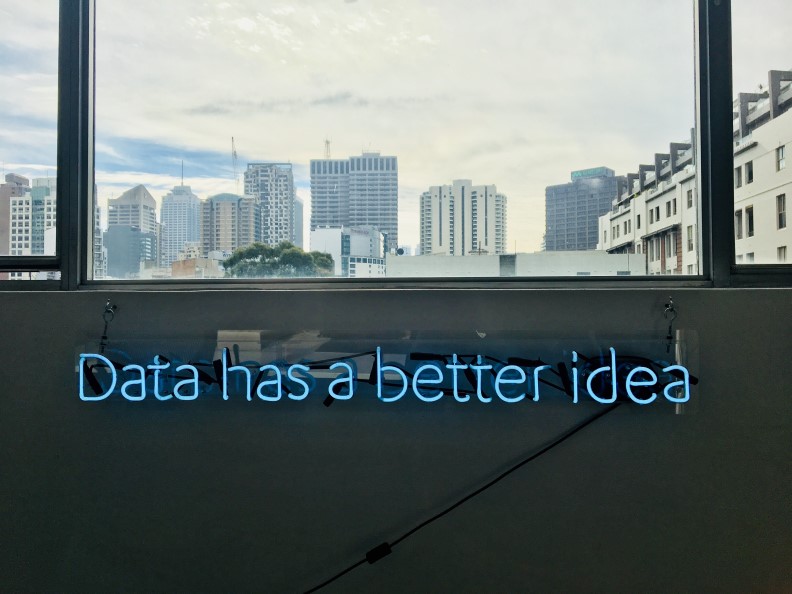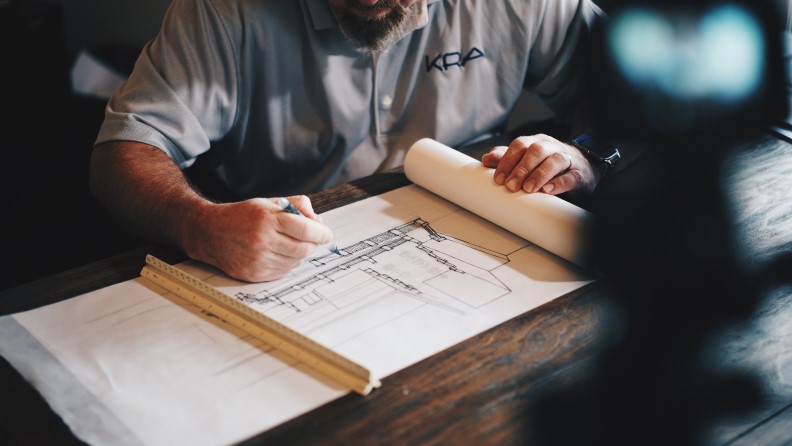Energy efficiency upgrades for buildings often focus on specific components, such as lighting fixtures and electric motors. However, building elements are not independent from each other, and they operate as a single energy-consuming system. The best opportunities to save energy are found when a technical analysis covers the entire building.
Since energy efficiency represents a capital expenditure for building owners, a reliable estimate of the payback period and return on investment is very important. To get an accurate financial projection, the savings calculation must also be as accurate as possible.
- A building is a complex system with many interacting parts, and completing the analysis with basic calculations and spreadsheets is unfeasible.
- Energy modeling software is a powerful tool: Once the necessary information has been gathered, the software can model energy consumption for a complex building in minutes.
Why Use Building Energy Modeling?
The Rocky Mountain Institute (RMI) defines Building Energy Modeling (BEM) as the use of computer simulation software to analyze building energy usage and individual energy-consuming systems. Energy modeling is used for three main purposes in building projects:
- Comparison: A computer can analyze many design options in a matter of hours, or even minutes if the project is small. A conventional analysis of the same scale would take weeks or months without computer simulations. With energy modeling, the project owner can find the most efficient building design by comparing multiple options.
- Compliance: Energy modeling results can be used to demonstrate that a building meets local building codes. They can also be used to qualify the building for incentive programs, or to earn points under a certification system like LEED.
- Predictions: No simulation tool is perfect, but an energy model can provide a quite accurate estimation of how a building will perform in terms of energy consumption.

Addressing a building retrofit with simple calculations and spreadsheets could potentially jeopardize the ROI.
Energy modeling is also useful in existing buildings: with modeling results, owners can compare the actual performance with the ideal scenario. This helps identify and fix the main causes of energy waste.
According to the Rocky Mountain Institute, energy modeling can reduce both upfront costs and operating costs in building projects. Occupant satisfaction can also be improved, since energy modeling includes aspects like lighting, ventilation, air conditioning and space heating. Building design options can be compared not only in terms of energy consumption, but also how they affect the indoor environment.
How Much Does Energy Modeling Cost?
The cost of energy modeling depends on the project scale and the purpose of the model. According to RMI, the average cost of modeling a 100,000-square-foot building to meet a utility incentive program is $22,000. For a building of the same size, energy modeling for LEED certification can cost up to $50,000.
For example, when the Fallon Federal Building in Maryland applied for LEED certification, the energy modeling cost was $35,000. The building has an area of 735,000 sq. ft., and it was built in the 1960s.
- Energy modeling was used to find energy-saving opportunities of $635,000 per year, equivalent to 35% of their annual consumption.
- The project cost was $2.4 million, achieving a payback period of 3.8 years.
- Over a 15-year period, the upgrade provides an economic benefit of $5 million in net present value.
In large projects like this one, energy modeling adds certainty to major investment decisions. Energy modeling itself can also be considered a lucrative investment, since it helps find the best way to make a building more efficient.

Assumptions that may not apply to your building, might lead to underestimated or overestimated actual savings.
Currently, one of the most accurate methods to calibrate energy models is the Parametric Analysis Tool from the National Renewable Energy Laboratory (NREL) and Oak Ridge National Laboratory (ORNL). Foobot energy modeling was compared against this benchmark for a summer day and a winter day, using the same building as NREL and ORNL - a 1980s office building with an area of 3,200 sq. ft. In this case, the Foobot modeling results were 25.9% more accurate than the benchmark.
Energy Efficiency Upgrades: The Traditional Approach
When retrofitting building systems such as lighting or HVAC, equipment suppliers often provide typical savings for the upgrade. However, vendors make many assumptions in their calculations, which may not be valid for your building. As a result, the actual savings from an upgrade can be very different from the typical savings reported by suppliers. Ideally, building owner should focus on measures with the highest savings per dollar invested, since a “trial-and-error” approach can be very expensive.
In some cases, the savings of an energy efficiency measure can be estimated manually, but all the affected areas should be taken into account for it to be accurate. For example, if an LED upgrade reduces lighting consumption in a building from 300 to 100 kilowatts, and the lights are used 200 hours each month, the upgrade saves 40,000 kilowatt-hours per month. However, this analysis is not complete:
- Since LED lighting consumes less electricity, it also emits less heat.
- This reduces the workload on air conditioning systems during summer, which means that monthly savings will be higher than 40,000 kWh.
- However, LED lighting will slightly increase the workload on heating systems during winter. The electricity savings are greater than the extra heating cost, but a professional energy analysis should model this effect as well.
An energy analysis that considers how lighting and HVAC interact will be more accurate, compared with a simpler analysis that only considers the lighting upgrade.
However, the interaction between building systems is often ignored in energy retrofits.
When building systems are analyzed in isolation, the synergy between upgrades is not considered and savings may be underestimated or overestimated.
Energy modeling can reduce both upfront costs and operating costs in building projects, as well as improve occupant satisfaction since energy modeling includes aspects like lighting, ventilation, air conditioning and space heating #energymodeling #bem #energysavings #comfort
Advantages of Energy Modeling in Building Retrofits
When energy modeling software is used to analyze the potential energy efficiency measures, it brings many advantages to a building retrofit project:
- Weather data can be downloaded from an official source and added to the software. This allows a simulation of the actual conditions to which the building is exposed.
- Energy modeling software can simulate interactions between different measures, such as the effect of a lighting upgrade on heating and cooling loads.
- The insulation and airtightness of the building can also be added to the energy model as conditions for the simulation, improving its accuracy.
In a few words, energy modeling provides greater accuracy when estimating the savings achieved by a building retrofit. This allows better investment decisions, since building owners can know their costs and savings with more certainty. However, like with any design tool, the results of energy modeling are only reliable if correct information is provided to the software. Before energy modeling is used in a building, it is necessary to run an assessment carried out by professionals in order to gather the right information about building usage and technical components.
Energy modeling is very useful for building owners who are seeking LEED certification, since it can be used to validate energy performance and earn points. A building needs at least 40 points in the LEED scorecard to get certified, and up to 33 points can be earned for energy performance. In places with incentive programs for energy efficiency, building owners can also use energy modeling to help them qualify.
Even if there are no plans for green building certifications like LEED, energy modeling can be used to validate that a building meets local energy codes. For example, the New York City Energy Conservation Code provides a long list of requirements for new buildings and renovation projects. However, if energy modeling is used to prove that the project meets the ASHRAE 90.1 Standard, the building is compliant without meeting specific requirements.
Conclusion
If you are planning a building retrofit, energy modeling can help you find the best combination of energy efficiency measures. There are many potential upgrades for each building system, and analyzing all options can take a long time without computer-based simulations. Energy modeling allows a faster comparison of all possible upgrades, and this brings two key benefits:
- Optimizing your upfront cost, by focusing on cost-effective upgrades and discarding those that offer little or no benefits.
- Minimizing risk by reducing the uncertainty. A proper energy model has the potential to accuretaly predict the energy consumption of the upcoming upgrade. The question of whether the solution will deliver on its promise ceases to exist, and investors can get their payback on time.
- Maximizing the annual savings achieved by the energy retrofit, which increases your return on investment.
When simulating an energy model, consultants include information like the local climate and the physical properties of the building. This makes the simulation results more reliable, since they are based on actual operating conditions. A simpler analysis that assumes a generic building and ignores the weather is less accurate when estimating energy consumption.

Indoor comfort and energy savings on autopilot
Thermal comfort and indoor air quality are very correlated to staff health and cognitive performance, studies say.
Since human resources are businesses' largest expense, it's time to give them the best.
